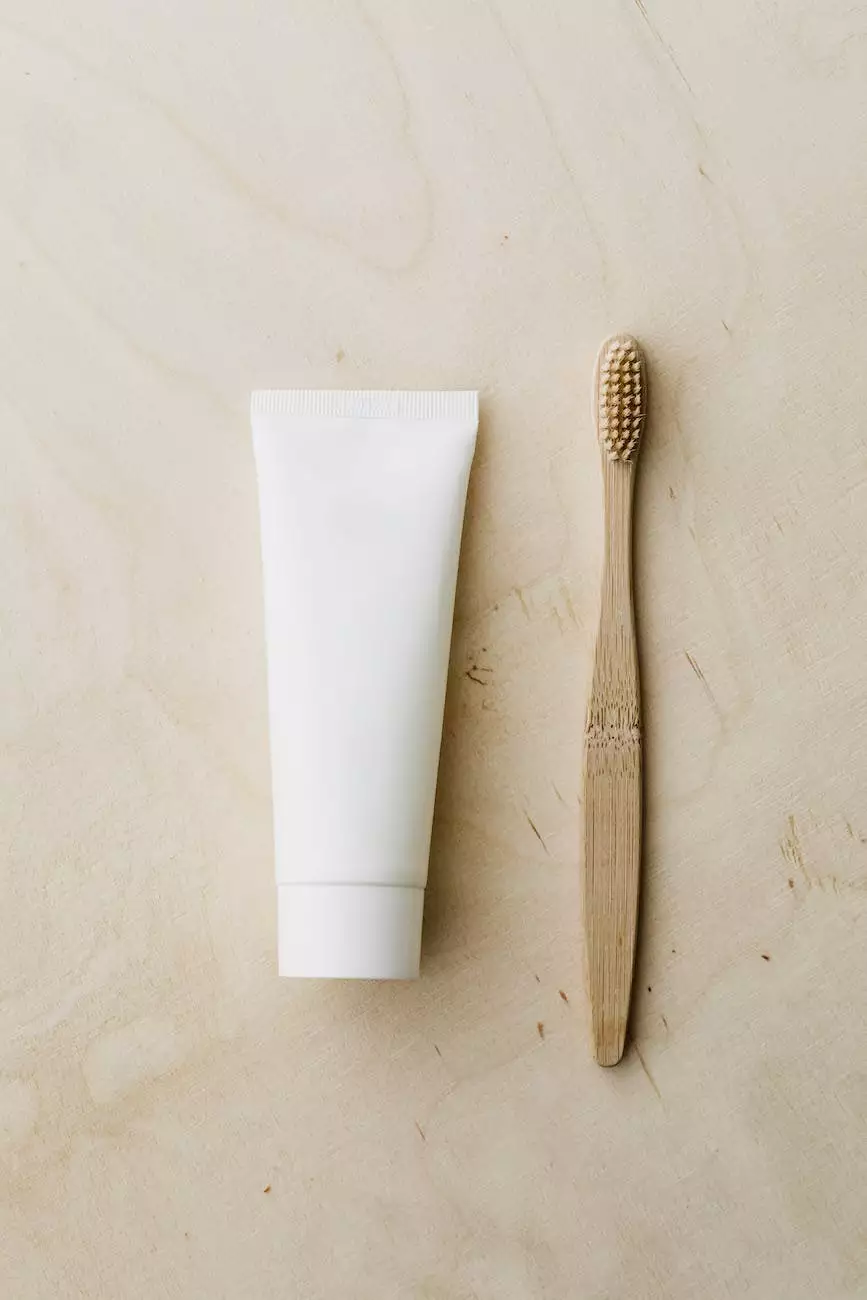Clean Intermittent Catheterization at Home - Male

Learn About Clean Intermittent Catheterization at Home
Welcome to the informative page on clean intermittent catheterization at home for males, provided by Foley James D MD. In this comprehensive guide, we will walk you through everything you need to know about the procedure, its benefits, and precautions to ensure a safe and effective process. Our priority is to provide you with the necessary information to confidently perform this procedure in the comfort of your own home.
Understanding Clean Intermittent Catheterization
Clean intermittent catheterization is a medical procedure recommended for individuals with urinary retention or other bladder-related issues. It involves inserting a thin, flexible tube called a catheter into the urethra to drain urine from the bladder. This process helps empty the bladder completely, reducing the risk of urinary tract infections and other complications.
Benefits of Clean Intermittent Catheterization at Home
Performing clean intermittent catheterization at home offers numerous benefits, including:
- Convenience: Being able to perform the procedure at home eliminates the need for frequent visits to a healthcare facility.
- Comfort: Performing clean intermittent catheterization in a familiar environment can increase comfort and reduce anxiety.
- Independence: By mastering the technique, patients gain independence in managing their bladder function.
- Cost-effectiveness: Performing the procedure at home can help reduce healthcare costs associated with frequent hospital visits.
Performing Clean Intermittent Catheterization at Home
While clean intermittent catheterization can be performed at home, it is crucial to follow proper protocols to minimize the risk of infection and ensure a safe and effective process. Here are some useful tips for performing the procedure:
Step-by-Step Guide to Clean Intermittent Catheterization at Home
1. Gather the supplies: Make sure you have clean catheters, gloves, water-soluble lubricant, and a container for urine collection.
2. Wash your hands thoroughly: Clean your hands with soap and water or use an alcohol-based hand sanitizer before starting the procedure.
3. Prepare the area: Find a clean, well-lit area where you can comfortably perform the catheterization.
4. Position yourself: Sit on the toilet or a chair with your legs apart, ensuring proper access to your genital area.
5. Begin the catheterization process: Use mild soap and water to clean the opening of the urethra (meatus) and the surrounding area.
6. Insert the catheter: Apply water-soluble lubricant to the catheter tip, gently insert it into the urethra until urine starts to flow.
7. Drain the bladder: Allow the urine to flow freely into a container or toilet. Ensure the bladder is fully empty.
8. Remove the catheter: Once the urine flow stops, carefully remove the catheter and dispose of it properly.
9. Wash your hands: Thoroughly clean your hands after the procedure to minimize the risk of infection.
10. Record your progress: Keep a record of your catheterization routine, including frequency, in a journal or document.
Precautions and Tips
When performing clean intermittent catheterization at home, it is essential to follow certain precautions to maintain your health and well-being. Here are some tips to help you along the way:
1. Ensure Proper Hygiene
Good hygiene practices are crucial to minimize the risk of infection. Wash your hands thoroughly before and after the catheterization process. Use water-soluble lubricants and sterile catheters to prevent contamination.
2. Stay Consistent
Consistency is key when it comes to clean intermittent catheterization. Stick to your prescribed schedule and don't miss any sessions. Keeping a routine helps prevent complications and effectively manage your bladder function.
3. Monitor Changes
Regularly monitor changes in urine color, smell, or consistency. Any unusual changes may indicate an infection or other underlying issues. If you notice anything unusual, contact your healthcare provider immediately.
4. Seek Professional Guidance
If you experience difficulties or have any concerns about clean intermittent catheterization, don't hesitate to reach out to Foley James D MD or your healthcare provider. They can provide you with guidance, answer your questions, and ensure you are following the correct procedure.
Conclusion
Performing clean intermittent catheterization at home for males is a valuable technique to manage bladder function effectively. By following the recommended protocols, maintaining good hygiene practices, and seeking professional guidance when needed, you can ensure a safe and successful experience. Remember, Foley James D MD is always here to support you in your journey towards better bladder health.
We hope this comprehensive guide has provided you with the necessary information to confidently perform clean intermittent catheterization at home. Remember, always consult your healthcare provider for personalized advice and guidance based on your specific situation.
For more information, visit the Clean Intermittent Catheterization at Home - Male page on Foley James D MD's website.




